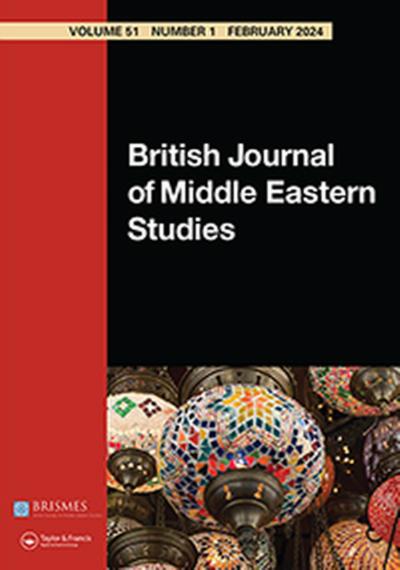Commissioned Report
| 2002
Aid Coordination in Afghanistan
Bergen: Chr. Michelsen Institute 24 p.
How to cite this publication:
Arne Strand (2002). Aid Coordination in Afghanistan. Bergen: Chr. Michelsen Institute ( )
Aid coordination is expected to ensure the more efficient and effective delivery
of humanitarian assistance. Presently, a large number of humanitarian actors
are operating in Afghanistan, and different groups have established their
separate coordination arrangements. However, while the Afghan Transitional
Authority (ATA) has assumed the main responsibility for aid coordination, it is
constrained by the political context in which it operates and the limited
influence it holds over aid disbursement outside the capital Kabul.
There is no doubt that there is a need for humanitarian assistance to
Afghanistan, and that it needs to move away from emergency relief towards
rehabilitation and development support. A limited vulnerability assessment
indicates that people in almost all parts of Afghanistan are in need of assistance,
and figures for aid disbursement show that Non-Governmental Organisations
(NGOs) are the main implementers of aid programmes. The NGO sector has
undergone enormous changes over the last year. Most of the new NGOs appear
to have established themselves in the main cities and in the northern and central
parts of Afghanistan. This rather uneven aid distribution might in turn
undermine the peace process, as people might see aid allocations as politically
motivated rather than based on actual need.
Afghanistan: Civil Society and Aid Coordination
Mar 2002 - Oct 2003



